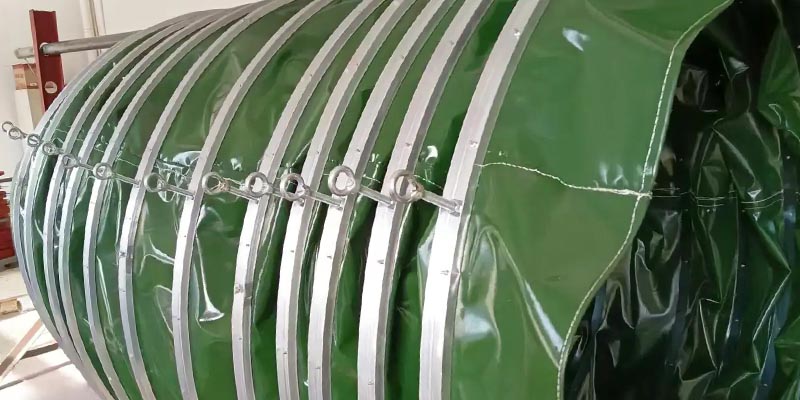The right choice and proper use of expansion sleeves directly impact the efficiency of your conveying system and the service life of your equipment. When selecting a sleeve, you must consider the working conditions, such as temperature, material type, and pressure. During operation, always follow the installation, maintenance, and safety procedures.

Key Points for Selecting Expansion Sleeves
Match the Material Characteristics
Use polyester coated sleeves for ordinary dust like cement or fly ash.
Choose glass fiber or ceramic composite fiber sleeves for high-temperature materials, such as boiler ash or slag. Their temperature resistance should be 20%–30% higher than the working temperature.
Select PTFE sleeves for corrosive materials, such as chemical powders.
Confirm Operating Parameters
Check the system’s working pressure. Standard bulk loader pressure is between -0.05 and 0.1 MPa. Choose a sleeve with a suitable pressure rating. If pressure changes are large, apply a safety factor of 1.5.
Determine the sleeve length based on the conveying distance and flexibility needed. Standard lengths are 1–3 meters, but custom sizes are available. The sleeve’s extension and compression must cover the equipment’s full range of movement.
Focus on Structural Design
Always choose sleeves with a metal frame (like steel or titanium alloy). This ensures smooth movement and prevents collapse.
Make sure the connections match the bulk loader’s flange specifications. Common sizes are DN150 to DN500. You can use clamp-type or flange-type connections. This guarantees a tight seal and stops dust leaks.
Consider Special Requirements
For flammable or explosive dust, like coal powder, use sleeves with anti-static wires. The grounding resistance must not exceed 10⁶Ω.
If used outdoors, select sleeves made from UV-resistant materials. This extends their service life.
Guidelines for Using Expansion Sleeves
設置条件
During installation, keep the sleeve vertical. Avoid twisting or over-stretching it. Always leave a 5%–10% flexibility margin.
Install sealing gaskets at the connections. Tighten the bolts evenly to prevent dust from leaking.
You must properly ground the metal frame. This removes the risk of static electricity buildup.
オペレーションとメンテナンス
Before starting, check the sleeve for damage or blockages. Make sure it moves freely.
While operating, regularly watch for unusual shaking or noise. If you see any dust leaking, stop the machine immediately and inspect it.
Clean the inside of the sleeve every 3–6 months. This prevents dust buildup, which affects movement and conveying efficiency.
Replacement Schedule
For normal conditions, replace polyester sleeves every 1–2 years.
Under high heat or abrasive conditions, replace glass fiber or ceramic fiber sleeves every 6–12 months.
If you see over 10% damage on a sleeve, or if it becomes much harder to extend or compress, replace it right away.
安全上のご注意
Never force a sleeve to stretch or fold while it is under pressure.
Before any maintenance, turn off the equipment’s power. Always wait for the internal pressure to release completely.
Keep sharp objects away from the sleeve surface. Scratches can damage the sealing performance.

